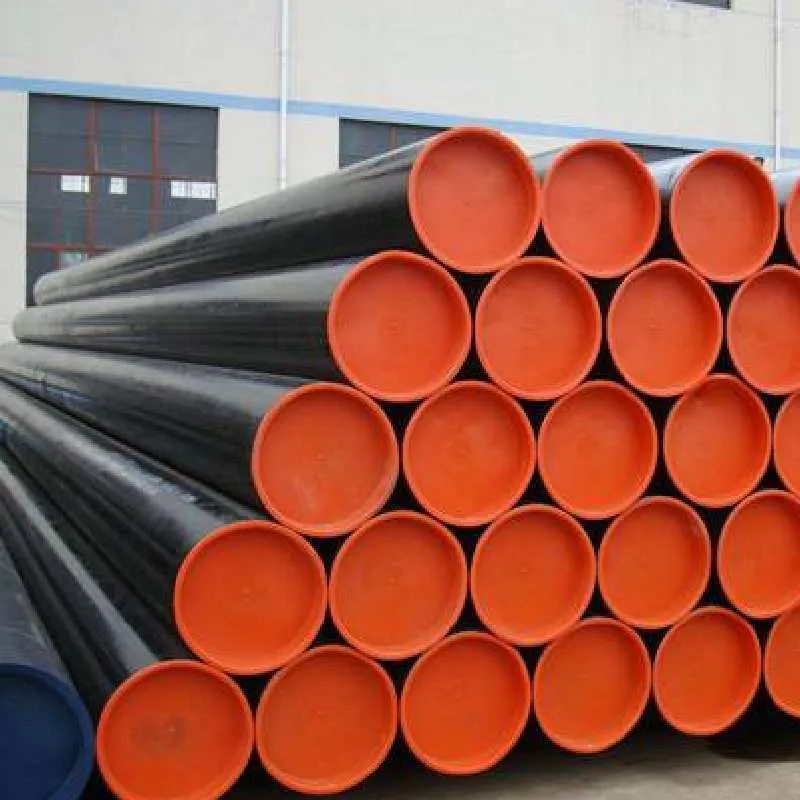-
Cangzhou Yulong Steel Co., Ltd.
-
Phone:
+86 13303177267 -
Email:
admin@ylsteelfittings.com

Nov . 10, 2024 20:48 Back to list
Understanding Class Flanges for Piping System Designs and Applications
Understanding Class Flanges The Backbone of Piping Systems
In the world of engineering and piping systems, flanges play a critical role. Among the various types of flanges, class flanges are particularly important due to their specifications and applications in different industries. This article delves into the concept of class flanges, their significance, types, and applications while highlighting their contributions to ensuring the safety and efficiency of piping systems.
What are Class Flanges?
Flanges are mechanical components used to connect piping systems or equipment. They create a secure and leak-proof seal that can withstand varying temperatures and pressures. The term class in flanges refers to their pressure and temperature rating, which helps engineers select the appropriate flange type for specific applications. Typically, class flanges are categorized based on their ability to handle varying pressures, ranging from Class 150 to Class 2500, with each class denoting a maximum pressure limit at a design temperature.
The Importance of Class Ratings
The concept of class ratings is crucial when designing a piping system. The pressure rating of a flange determines its ability to withstand internal pressure without failing. Engineers must assess the operational conditions of the piping system, including the type of fluid being transported, temperature ranges, and pressure fluctuations. For instance, a Class 150 flange is suited for lower pressure applications, while a Class 300 or higher is preferred for high-pressure conditions. Additionally, class ratings help ensure safety in operations by preventing potential failures that could lead to hazardous leaks or ruptures.
Types of Class Flanges
Class flanges come in various types, each serving distinct purposes. The most commonly used flanges include
1. Welding Neck Flanges Often used in high-pressure applications, welding neck flanges have a long neck that allows for gradual transition from piping to flange. This design results in less stress concentration and is ideal for systems requiring strong, reliable connections.
class flange

2. Blind Flanges As the name implies, blind flanges do not have an opening. They are used to seal the end of a piping system, allowing for future access if needed. This type is often employed for maintenance purposes in various industries.
3. Slip-On Flanges This type of flange is slipped over the pipe and then welded. It is easy to install and is often used in lower pressure applications. The flexibility in installation makes slip-on flanges a popular choice.
4. Lap Joint Flanges Used in conjunction with a stub end, lap joint flanges allow for easy disassembly and reassembly without damaging the joint. This feature makes them suitable for applications requiring frequent maintenance.
5. Threaded Flanges These flanges have internal threads and can be joined to a pipe with matching external threads. They do not require welding, making them a convenient option for applications where welding is impractical.
Applications of Class Flanges
Class flanges are utilized across various industries, including oil and gas, chemical manufacturing, water treatment, and HVAC systems. Their ability to handle different pressures and temperatures ensures that they can accommodate the diverse needs of these industries. For example
- Oil and Gas High-pressure class flanges are essential for pipelines transporting crude oil and natural gas, where safety and reliability are paramount. - Chemical Processing In chemical plants, flanges must withstand corrosive substances, making materials like stainless steel or carbon steel essential. - Water Treatment Flanges are used to maintain structural integrity in water distribution systems, where regular maintenance and pressure considerations are vital.
Conclusion
In conclusion, class flanges are indispensable components of modern piping systems. Their classification based on pressure and temperature ratings helps engineers choose the right type for specific applications, ensuring reliability, safety, and efficiency. Understanding the various types of class flanges and their applications is essential for anyone involved in engineering or design work within the industry. As industries evolve and technologies advance, the role of class flanges will continue to be crucial in maintaining the integrity of piping systems worldwide. Whether it's in oil and gas or water treatment, class flanges are truly the backbone that supports and connects critical systems.
Latest news
-
ANSI 150P SS304 SO FLANGE
NewsFeb.14,2025
-
ASTM A333GR6 STEEL PIPE
NewsJan.20,2025
-
ANSI B16.5 WELDING NECK FLANGE
NewsJan.15,2026
-
ANSI B16.5 SLIP-ON FLANGE
NewsApr.19,2024
-
DIN86044 PLATE FLANGE
NewsApr.19,2024
-
DIN2527 BLIND FLANGE
NewsApr.12,2024
-
JIS B2311 Butt-Welding Fittings LR/SR 45°/90° /180°Seamless/Weld
NewsApr.23,2024
-
DIN2605-2617 Butt-Welding Fittings LR/SR 45°/90°/180° Seamless/Weld
NewsApr.23,2024











